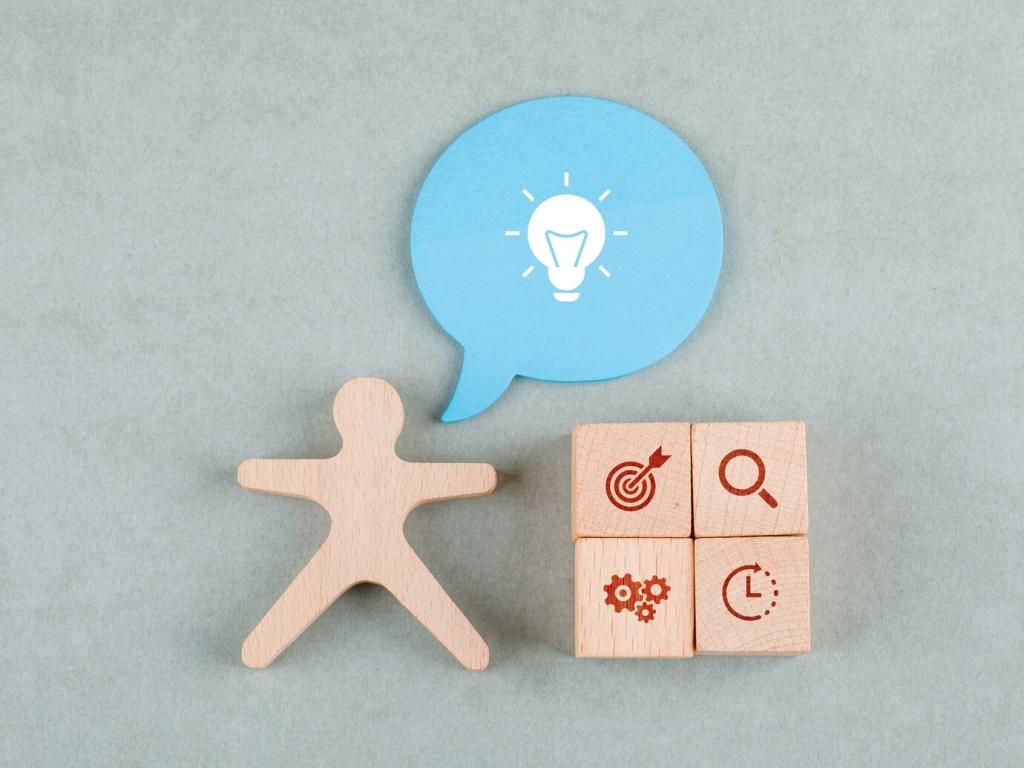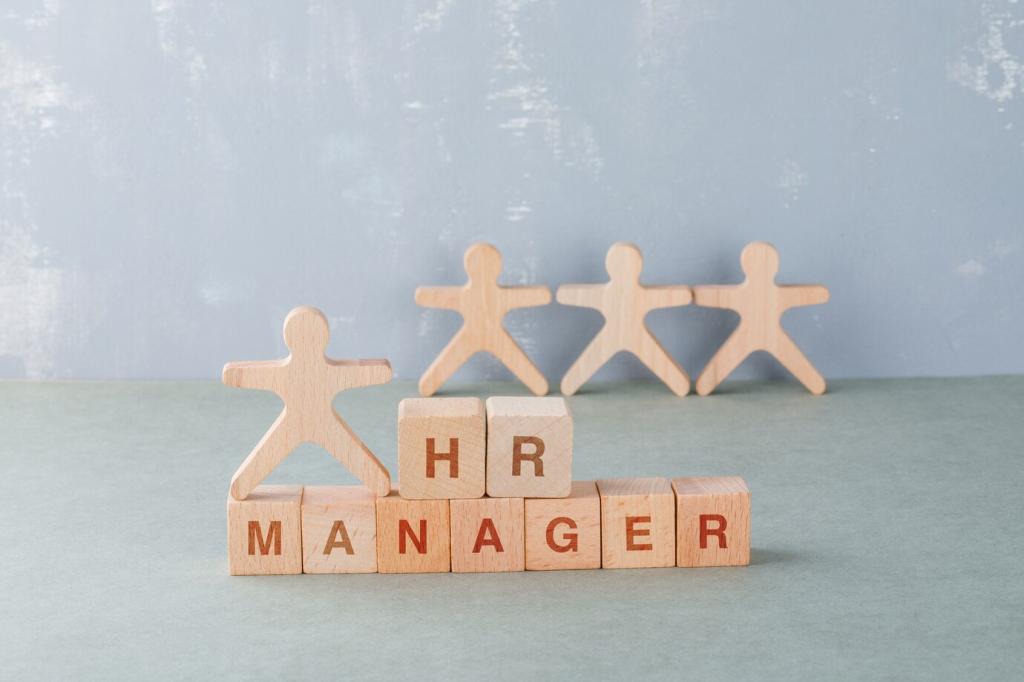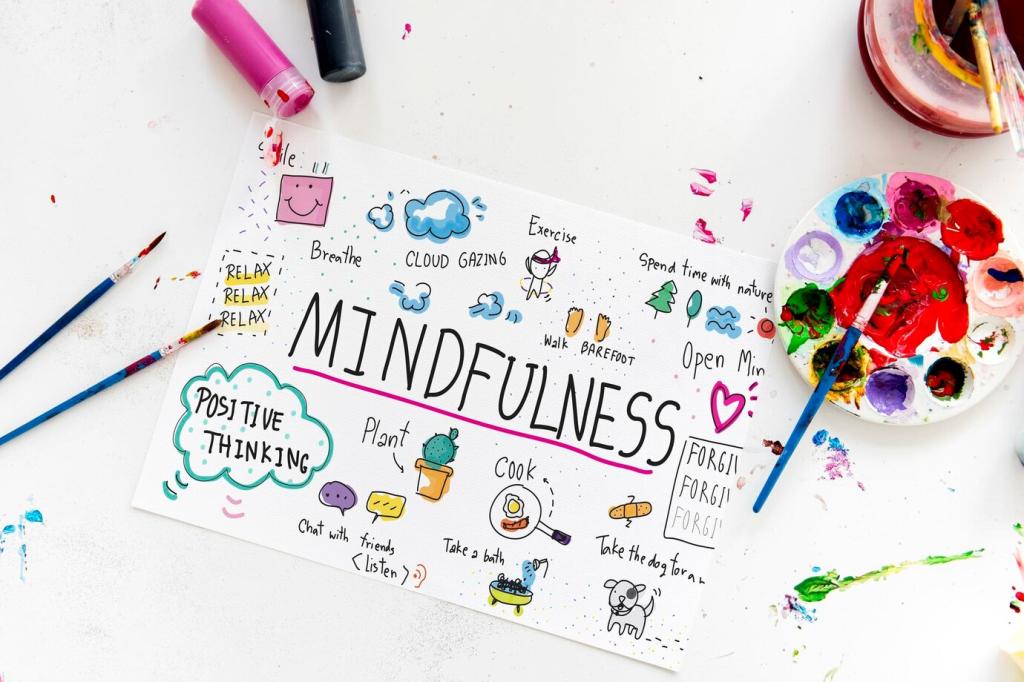Practical Techniques for Busy Teams
Set a timer for one minute. Sit tall, exhale slowly, and count four beats in, six beats out. Repeat four cycles. This brief reset steadies the nervous system and sharpens focus before high-stakes conversations. Try it now, then comment how it changed your next task.
Practical Techniques for Busy Teams
Open meetings with a thirty-second check-in: one breath and one intention. Invite one person to summarize outcomes at the end. Short mindful pauses prevent derailment, reduce interruptions, and clarify decisions. Encourage your team to pilot this for a week and report outcomes.
Practical Techniques for Busy Teams
Before opening email or chat, ask: What matters most right now? Batch notifications and read messages twice—first to understand, second to respond. This simple mindfulness move prevents reactive replies and protects deep work. Share your batching schedule to inspire colleagues.
Practical Techniques for Busy Teams
Lorem ipsum dolor sit amet, consectetur adipiscing elit. Ut elit tellus, luctus nec ullamcorper mattis, pulvinar dapibus leo.






